Iraq… August 30, A Freefall Moment - By Mustafa Fahs, Jordan News
At that moment, the state, its military and security institutions in particular, did the minimum and stood by. It did not intervene in the battle over power and wealth waged by the belligerents, and according to eyewitnesses, a state that fails to monopolize violence becomes hostage to the factions that can use violence.
Armed non-state actors resort to it whenever they face a threat, and in the current crisis in Iraq, violence has become part of the solution’s nature, regardless of its ramifications and costs.
The scene of the armed clashes in the streets of Baghdad and a few cities in the south spoke to the scale and acrimony of the dispute among the armed Shiite political forces and the challenges to them coexisting peacefully in the future.
The fact is that these parties, after they drained the Iraqi state and the country’s wealth as they governed by consensus, failed to agree to a framework in which there is a majority in power and a minority in the opposition.
We are now at a point in which the outcome of battle separates victor from vanquished.
The Shiite forces have actually been failing to face their most difficult challenge since they began ruling in 2003. They and their partners representing other communities also failed miserably in managing the state over the past 19 years, as the Iraqi political class, in all its sects, failed to establish a stable political system that allows for the peaceful transition of power.
However, the danger of the recent events is that they introduced a new, extremely costly conflict different from all of those that preceded it- both in terms of its internal and external dynamics- since Saddam Hussien’s regime fell.
In terms of the local dimension of the new conflict, intra-Shiite strife has become something of an Iraqi historical inevitability.
Overcoming it is difficult but not impossible - if, that is, the foolhardy listen to what the few sane voices who left. Indeed, the two conflicting parties have put the idea of coexisting peacefully with one another behind them.
The most terrifying thing about this is that resorting to violence will not create solutions for either of these belligerents. It will not guide them out of the current political impasse, nor will it help them achieve their goals.
On top of that, it threatens the position that the numerical majority in the state and society has established for itself in Iraq. If it recurs – violence - the Shiites of Iraq would need decades to restore what is destroyed and their political, cultural, and social lives.
As for the foreign dimension, it is always linked to its neighbor Iran, which played a major role in the failures of Shiite political Islam.
While it is the official backer of the majority of competing forces, it now faces a new kind of competition and division. Iran is now grappling with some of these forces, keen on distancing themselves from it, refusing to comply with its demands, and they will not hesitate to use violence as part of their push to contain the role of those who protect Iranian interests in Iraq.
However, there is also another dimension to this conflict that is not linked to the Shiite political forces’ ties to Iran and the divergent positions of the Sadrists and Coordination Framework supporters.
What worries Iran most is a third Shiite popular bloc that constitutes a major confounding complication. Also born out of the crisis at the heart of the post-Saddam regime, this third bloc’s national project began to crystallize in the aftermath of the October revolution of 2019.
It cannot be subordinated, and it has a totally different dynamic from that of the doctrinal Shiite political parties and movements. Thus, Iran will face difficulties in trying to adjust to this weighty patriotic Shiite bloc in the future, as it is the polar opposite of everything that preceded it.
And so, the relation between the Iraqi Shiite forces, the Sadrist Movement, the Coordination Framework, and the October forces on the one hand, and Iran on the other, has taken a different form.
The most dangerous thing about this relationship is the propensity of both sides (the Sadrists and the Coordination Framework) to resort to arms in pursuit of two goals. The first is imposing their vision for how power is shared and the country is governed, and the second is shaping the country’s relationship with Tehran.
As for the third party, the October forces, with their statism and patriotism, as well as their non-alignment with either side, pursue change through peaceful mobilization despite the likelihood of violence.
Latest News
-
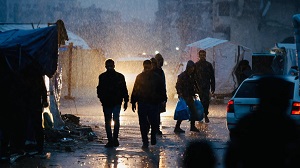 US, Qatar, Turkey, Egypt meet in Miami to discuss Gaza truce on Friday
US, Qatar, Turkey, Egypt meet in Miami to discuss Gaza truce on Friday
-
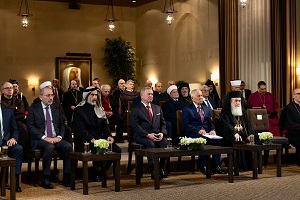 King receives Christian, Muslim religious leaders from Jerusalem, Jordan ahead of Christmas
King receives Christian, Muslim religious leaders from Jerusalem, Jordan ahead of Christmas
-
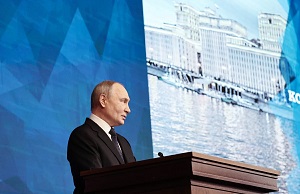 Putin says Russia will 'certainly' achieve its goals in Ukraine
Putin says Russia will 'certainly' achieve its goals in Ukraine
-
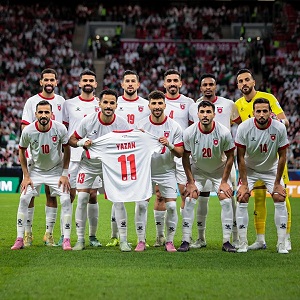 Sellami: Jordan target Arab Cup glory against ‘strong’ Moroccan side
Sellami: Jordan target Arab Cup glory against ‘strong’ Moroccan side
-
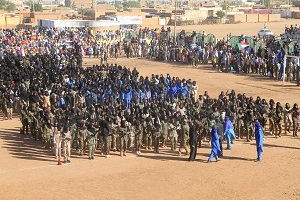 RSF destroying evidence of atrocities in Sudan - report
RSF destroying evidence of atrocities in Sudan - report